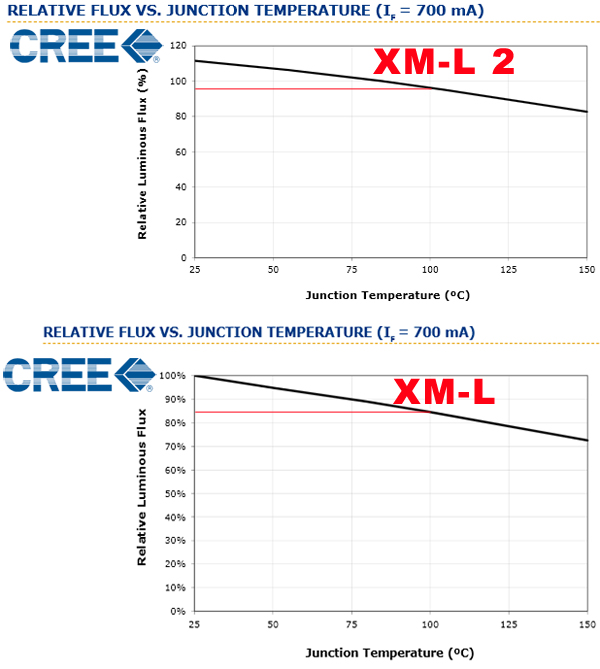We continue the quest to find the answer to the question "
Are the savings promised by LED technology always real?"
First we saw how LED performance in real life can be very different from the one advertised, either because of the
influence of temperature on brightness or because some producers simply provide
false data.
Now we will discuss about the main argument that every seller or producer of LED lamps out there uses to convince: LED lifetime.
LEDs have the potential to last a long time, tens of thousands of hours, much longer than all the other lighting technologies. Therefore, the savings that come from not replacing the lamps or fixtures so often offset by a significant degree the initial, higher cost, of the LED lamp or fixture. In some cases, replacements cost for a lamp can be 16 times higher than the cost of the lamp itself and thus the long life LED is a very convincing argument.
I have read recently about
the plan of the city of Los Angeles to replace, over the next 4 years, 140.000 of the cities street lights with LED lamps. It is, to date, the largest such street LED light replacement program in the world, with an estimated total budget of $57 million. As expected, the LED fixture lifetime was the main reason for this retrofit. It is reported that the lifetime of the LED retrofits that will be used is 10 to 12 years compared to four to six years for a typical street lamp.
LED lifetime vs LED fixture lifetime
To discuss about the lifetime of a LED fixture we first need to approach the issue of LED life.
All lighting technologies (LED, incandescent, halogen, fluorescent, HID and so on) see their brightness diminish as time passes. An incandescent bulb can loose 50% or more of its light output in 40.000 hours, as
this 110 years old bulb shows but out of any number of bulbs used, in 1000 hours half of them will fail outright. Therefore, the advertised lifetime of any incandescent bulb is around 1000 hours, being equal to the time it takes for 50% of the installed bulbs to fail and not the 40.000 hours it takes too loose 50% of its brightness.
The same way is used to calculate the lifetime of any other lamp or fixture, except LED:
Lamp lifetime = the time when 50% of the tested or installed lamps fail
LED is the only lighting technology to date for which it takes longer for the lamp to fail than to loose enough light output to make the lamp unusable.
LED lifetime for use in general lighting = the time when the light output (lumens) has reached 70% of the value from the beginning. It is called L70 lifetime.
For a high performance LED the L70 lifetime could be equal with 80.000 hours or more, as the
graph above shows.
The obvious question that appears from such a graph:
How does the LED producer know the LED has a L70 of 80.000 hours, did he test it for so long? What about this LED bulb producer who claims his bulb has lifespan of 50.000 hours:
Because it would take more than 5 years to test a L70 claim of 50.000 hours and almost 9 years to test one of 80.000 hours, no producer in the world does it. It would make no sense, as the product tested will be long outdated by the time the test results arrive. And because such a test requires specialized equipment, a lab and plenty of technical knowledge, now one else does it either.
Still the market is saturated with products that promise a L70 lifetime of 15.000 to 70.000 hours! Where do these numbers come from?
The source of the L70 lifetime data divides and creates chaos, turmoil in the LED market. Some say the market is a wild west, others a jungle because, until very recently, there was no standard way to calculate LED lifetime. L70 LED lifetime information comes from a combination of testing the LED for 100 to 10.000 hours and then extrapolating the results for X0.000 hours. How rigorously the test is done (sample size, measurements, time) and how good is the projecting method used decides the outcome.
When there are no rules and the interest is to have a higher LED L70 lifetime, a significant phenomenon of false advertising appears. As with LED luminous flux, the savings promised by LED technology can occur only if the producer gives true information about lifetime.
In futures posts we will briefly present the standard way in which to obtain L70 lifetime, stay tuned!
















